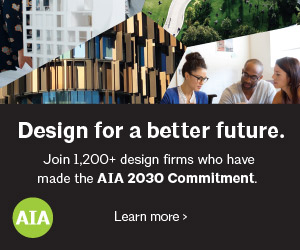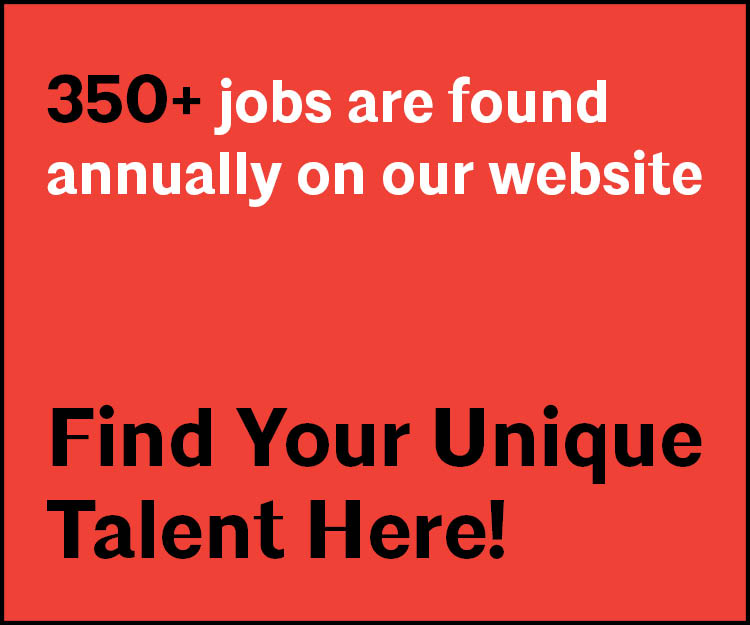
WHY DID YOU JOIN AIA SEATTLE?
I’ve been working with architecture firms in the Seattle market for awhile now. I joined the AIA to help me keep on top of local trends, to make additional connections in the area, and to support the industry locally.
WHAT RELATIONSHIPS HAVE YOU CREATED?
At ARCHVISTA, we work closely with a number of firms in Seattle, including DeForest Architects, CAST Architecture, Weinstein A+U Architects, b9 Architects, AOME Architects, and several others. Many of our clients are part of the SPARC committee and we are hoping to further support this group.
HOW DO YOU EXPLAIN WHAT YOU DO FOR A LIVING?
I help Architecture and Design-Build firms spend more time on design and less on documentation, effectively communicate and sell their projects to all stakeholders, and deliver a better building faster by providing a blend of architectural software and implementation services.
I do this by leveraging over decades of experience working with firms – from small residential architects to large multi-disciplinary practices – to change and improve their workflow with technologies and practices that focus on design first.
HAS YOUR CAREER TAKEN YOU ANYWHERE YOU DIDN’T EXPECT?
My career has taken a couple of interesting turns. I started out practicing architecture and worked with EHDD in San Francisco for a number of years. While at the firm I developed into the Director of Design Technology and became fascinated with not only how much easier technology made the design and documentation process, but how you could visualize and demonstrate what a building was going to look like and how it was going to perform prior to construction.
This interest led me to become an early pioneer in immersive technologies, working with Graphisoft to produce Architectural Record’s Record Homes Virtual Tours and with NASA to create the award-winning NASA Virtual Tours. I will never forget standing on the platform of the space shuttle as it was preparing for launch. I definitely never expected to be there.
Today, I’ve turned this interest in virtual reality, design and technology into a consulting business that empowers architects to perfect their design process and increase their efficiency.




